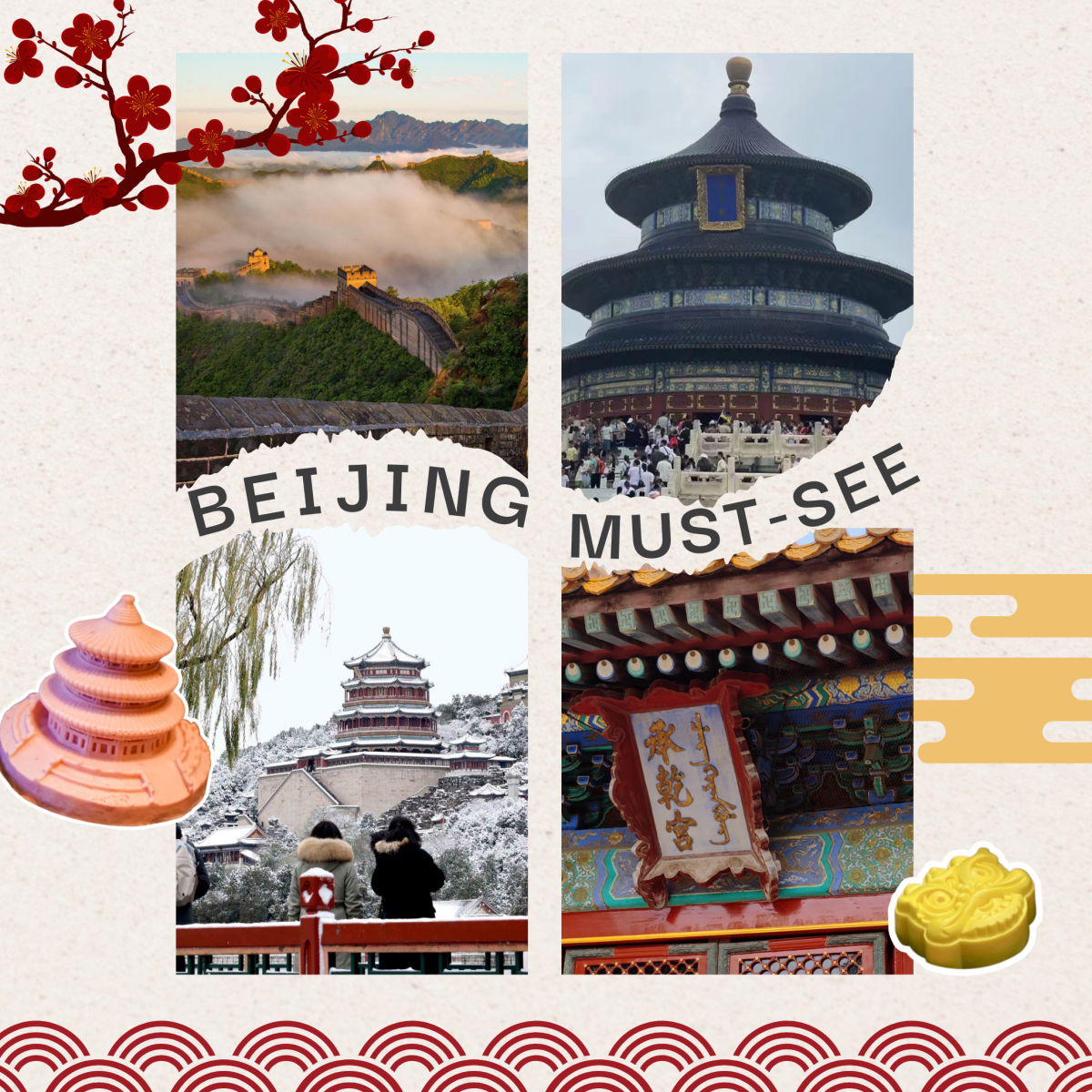
As China's capital city, Beijing is one of the top choices for visitors who travel to China.
As China's political and cultural hub, Beijing offers a glimpse into China's expansive history and its rapid modernization.
Well-preserved palaces are rubbing elbows with new subway stations and tranquil hutongs, which share space with world-class stadiums. Many of the city's historical sites are also well-known worldwide, such as the Forbidden City, Tiananmen Square, and the Great Wall, which serpentines through the hills north of the city, and so on.

The Tiananmen Square is in the center of Beijing. Like Times Square in New York, it is a must-visit place for travelers to Beijing. Tourists can attend a flag-raising ceremony to experience something different from an ordinary visit to the square. The flag-raising ceremony is held every dawn on the Tiananmen Square. Everybody will start singing when the Chinese national anthem plays. This touching ceremony can give tourists an insight into the country and the people in China.
The Palace Museum, or the Forbidden City, was the home to the 24 Ming and Qing Emperors, with a total occupied space of more than 720,000 square meters. In 1925, the Palace Museum was established based on the Forbidden City. It is the largest museum of ancient culture and art in China. There's a total collection of more than 1.8 million pieces here, with precious cultural relics accounting for 90% of the total collection. Visitors can rent Qizhuang or Manchu clothing (the traditional clothing in the Qing dynasty) to have an immersive experience of life inside the Forbidden City.
The Jingshan Park is right across the South Gate of the Palace Museum. It is an imperial garden with a full view of the Forbidden City at the top of the mountain.

The Yuanmingyuan Park, or the Old Summer Palace, was constructed under the reign of the Kangxi Emperor. It was the summer resort for the Qing emperors and was regarded as the pinnacle work of Chinese Imperial garden and palace design. Victor Hugo described it as "In a corner of the world, it is one of the wonders of the world. The miracle called the Old Summer Palace". However, its glory and magnificence ceased in 1860. During the Second Opium War, British and French troops invaded Beijing, ransacked the Old Summer Palace, and looted its treasures, which are now displayed in museums around the world. But still, it is worth a visit to imagine the gorgeous palace that was built by "architects who are poets".
The Summer Palace (Yihe Yuan) was an imperial garden during the Qing dynasty. The entire Summer Palace is centered around Longevity Hill and Kunming Lake. It's a masterpiece of Chinese landscape garden design. Besides its outstanding aesthetic value, the Summer Palace was the most important place for the political and diplomatic activities of the emperors of the late Qing Dynasty outside the Forbidden City. It is also an important witness to China's modern history and the place where many major historical events took place.

No visit to the Great Wall can be called a complete visit to Beijing. The Great Wall, which serpentines through the hills north of the city like a dragon, is one of the greatest architectural feats in the history of human civilization. There are several sectors of the Great Wall. Among these, the Mutianyu Great Wall and the Badaling Great Wall are two more popular choices.

Built-in the 18th year of the Yongle era of the Ming Dynasty (1420), the Temple of Heaven is the place where the emperors of the Ming and Qing dynasties worship heaven and pray for a good harvest. It is the largest ancient worship complex in China. The overall layout of the park and each individual building reflect ancient Chinese's interpretation of the relationship between earth and heaven and the special role the emperors played within this relationship.
The Qianmen Street offers tourists a journey through centuries of stories and traditions. The history of Qianmen Street dates back to the Ming dynasty. It was the bustling commercial hub during the Ming and Qing dynasties. Today, Qianmen Street blends the old and the new, preserving the traditional building style and time-honored local brands while also adopting trendy brands and boutiques.




















Comment